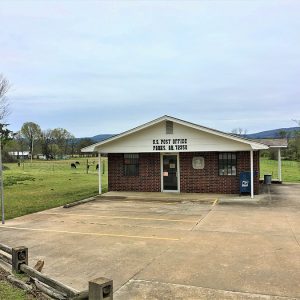 Parks Post Office
Parks Post Office
Entry Type: Place
 Parks Post Office
Parks Post Office
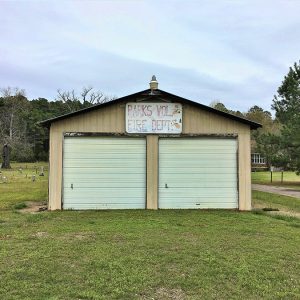 Parks Volunteer Fire Department
Parks Volunteer Fire Department
Parks (Scott County)
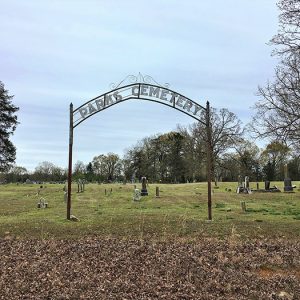 Parks Cemetery
Parks Cemetery
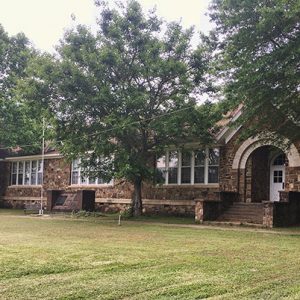 Parks School House - Front
Parks School House - Front
 Parks School House - Rear
Parks School House - Rear
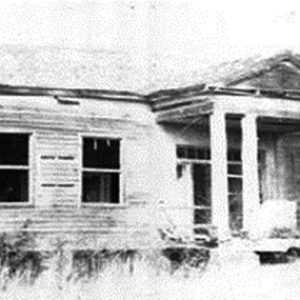 Parks-Cryer House
Parks-Cryer House
 Parkway Courts Historic District
Parkway Courts Historic District
 Parkway Courts Historic District
Parkway Courts Historic District
Parkway Courts Historic District
 Parnell Hall
Parnell Hall
Parnell Springs (Bradley County)
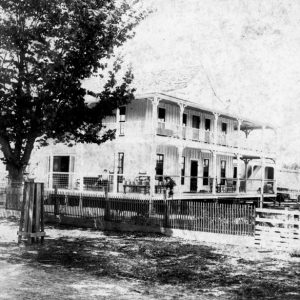 Parnell Springs Hotel
Parnell Springs Hotel
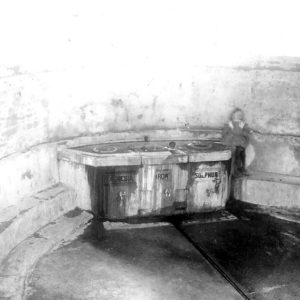 Parnell Springs Spring
Parnell Springs Spring
Paroquet (Independence County)
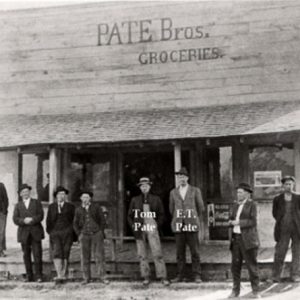 Pate Bros. Groceries
Pate Bros. Groceries
Patmos (Hempstead County)
Patterson (Woodruff County)
 Patterson Street Scene
Patterson Street Scene
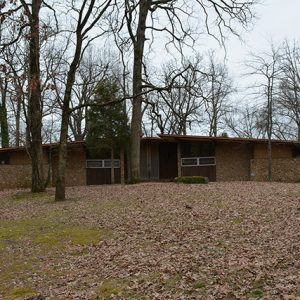 Patteson House
Patteson House
Paul Laurence Dunbar High School
aka: Dunbar Junior and Senior High School and Junior College
Paul Laurence Dunbar School Neighborhood Historic District
Pea Ridge (Benton County)
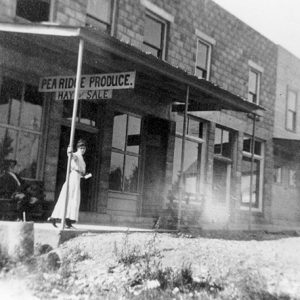 Pea Ridge Produce
Pea Ridge Produce
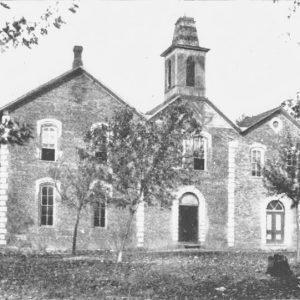 Pea Ridge Academy
Pea Ridge Academy
Pea Ridge Academy
aka: Mount Vernon Normal College
aka: Mount Vernon Masonic College
aka: Pea Ridge Normal College
 Pea Ridge Confederate Monument
Pea Ridge Confederate Monument
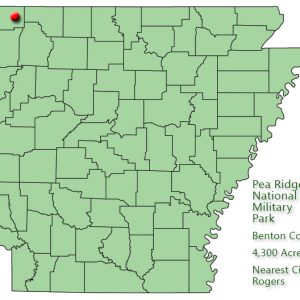 Pea Ridge National Military Park: Park Location
Pea Ridge National Military Park: Park Location
 Pea Ridge National Military Park
Pea Ridge National Military Park
 Pea Ridge National Military Park Battlefield
Pea Ridge National Military Park Battlefield
Pea Ridge National Military Park
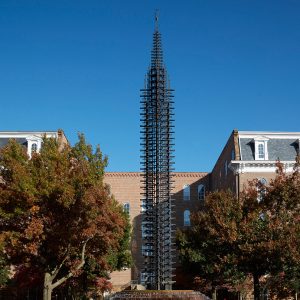 Peace Fountain
Peace Fountain
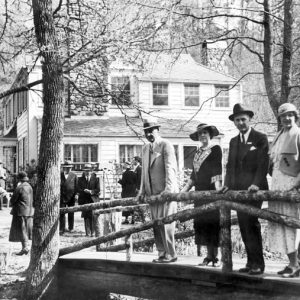 Peaceful Valley
Peaceful Valley
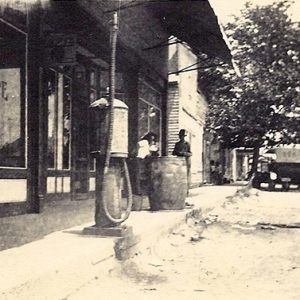 Peach Orchard
Peach Orchard
Peach Orchard (Clay County)
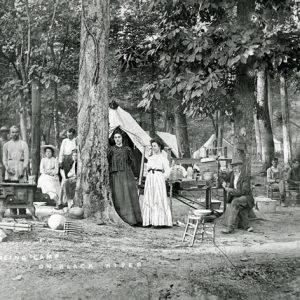 Pearling Camp
Pearling Camp
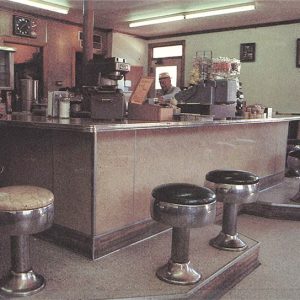 Pearl's Cafe
Pearl's Cafe
Peel Mansion Museum and Heritage Gardens
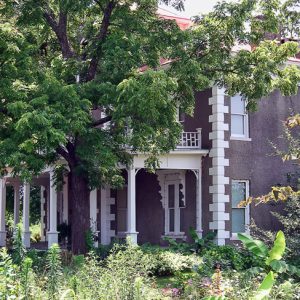 Peel Mansion
Peel Mansion
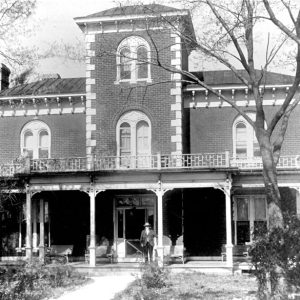 Samuel W. Peel House
Samuel W. Peel House
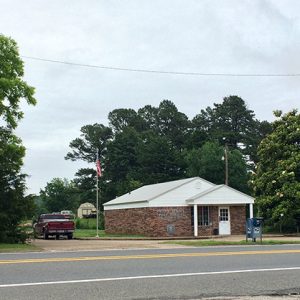 Pencil Bluff Post Office
Pencil Bluff Post Office
Pencil Bluff (Montgomery County)
Pendleton (Desha County)
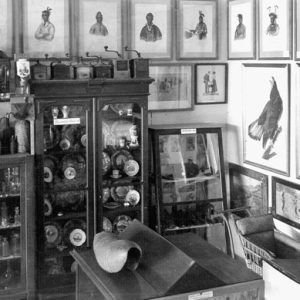 Penrod's Museum
Penrod's Museum
Penters Bluff (Izard County)
aka: Penter’s Bluff (Izard County)
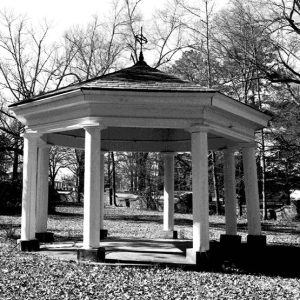 Pergola
Pergola
Perla (Hot Spring County)
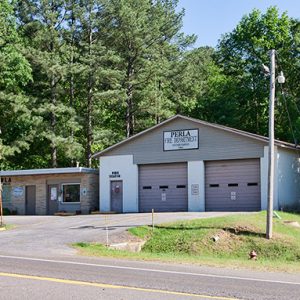 Perla
Perla
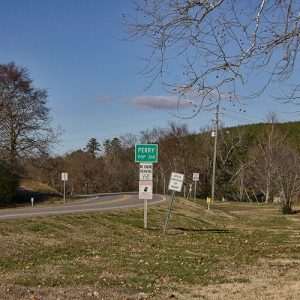 Perry
Perry
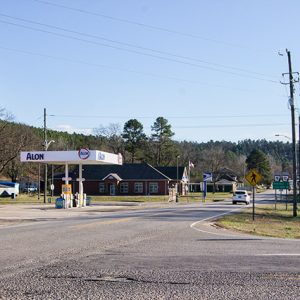 Perry
Perry




